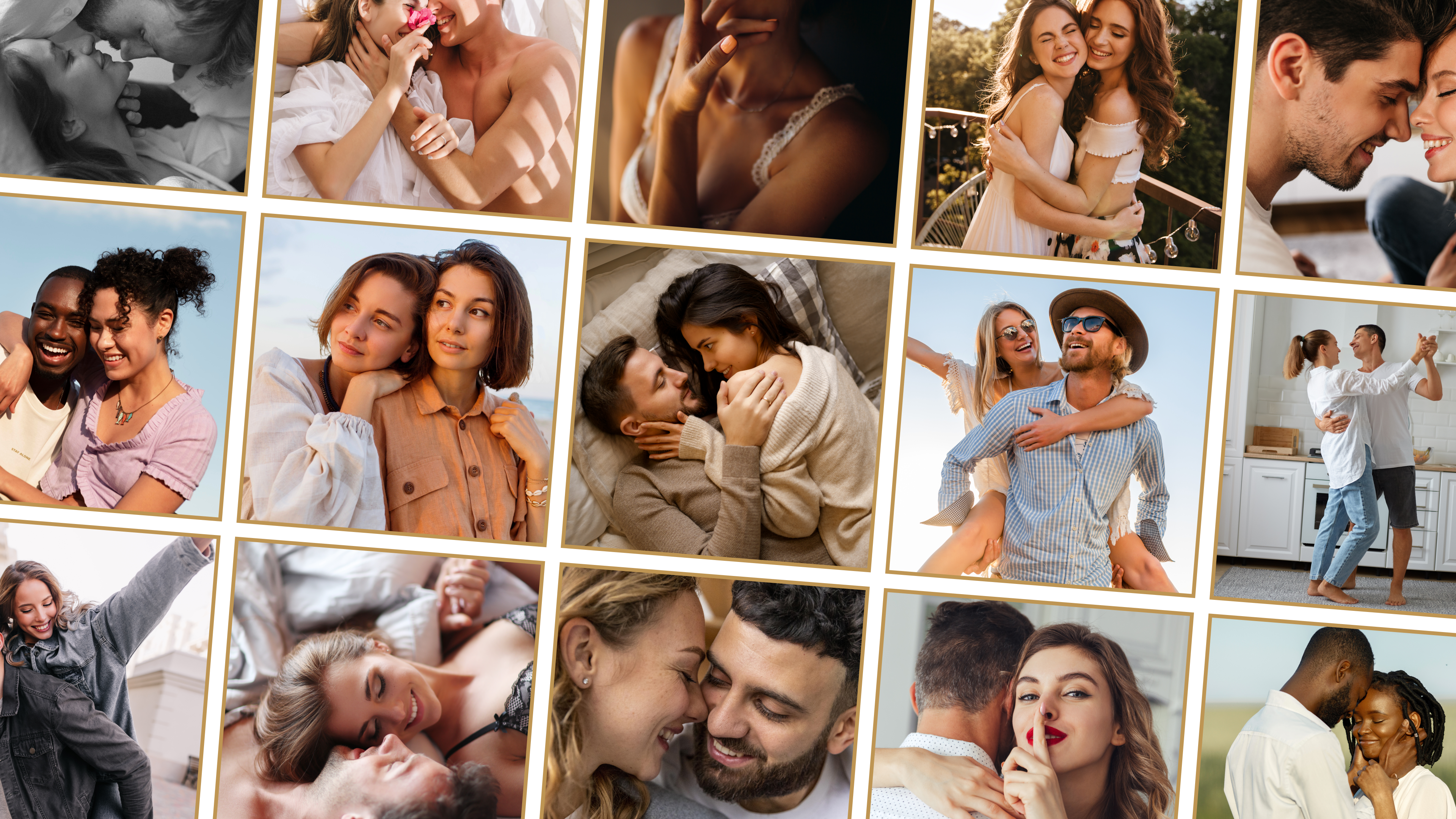To explain why I’ve chosen these thinkers and stuck mostly to our culture, a digression:
Christine Helliwell, anthropologist, lived in Borneo with the native people of the region, the Dayak. One morning, she heard a group of elderly women laughing outside of her apartment. She found them reenacting a scene from the night before: A man had snuck into a woman’s bedroom through the window, and the woman woke to find him gripping her shoulder.
“Be quiet,” he said to her.
The woman sat up in bed and pushed him away. He fell back and when she started to yelling at him, he escaped back through the window with his sarong falling down.
But why were the Dayak women laughing about it, Helliwell wondered; the woman had almost been raped! This community of Dayak had no word for “rape,” so Helliwell tried to explain, “He was trying to hurt you.”
The woman’s reply stunned the anthropologist.
“It’s only a penis,” she said. “How can a penis hurt anyone?”
Indigenous people, as well as anthropologists like Christine Helliwell have been reporting deep cultural differences like this to us for years. In the case of the Dayak community, sexual assault was so far removed from the understanding of sex and gender roles that it was inconceivable, laughable.
In central Africa, the Aka and Ngandu people have sex two to five times every night, and view sex as work, not recreation. There’s also no known homosexuality among the Aka, belying the commonly held Western truth that homosexuality is universal and inborn. There’s simply no word or concept for it.
In Tibet, some villagers practice fraternal polyandry – brothers will share the same wife.
Many Native American nations have traditions of Two Spirited people who express cultural gender fluidity, living with the other members of the community in one form, but understood as another.
But a list of indigenous sexual practices, or people from non-Western cultures who uproot the foundations of our understanding does not figure into the selection here. There are blog posts, books, internet videos and TV shows that highlight modern-day sexual differences between Western and indigenous cultures. Usually, they have a check-out-these-wacky-natives feeling. Instead of helping us question our own sexual ideas, these news-of-the-weird sound bytes reinforce our prejudices at the expense of indigenous people. It’s cultural appropriation, because it ignores that the entire cultural context of that practice is different.
For example, it’s not uncommon to find non-indigenous LGBT activists evoking Two Spirit people as poster children for LGBT political/cultural messages, since same sex relationships and gender change are not (at least traditionally) frowned upon in cultures with Two Spirit people. But while there are similarities, the differences are deep. It’s not about “gay” or “straight” or “gender fluidity” as we understand it, since the multiple roles — such as iskwehkhan (“fake woman”), ayahkwew (“man dressed/living/accepted as a woman”), and more — are varied, nuanced and more complex than that. They’re embedded in a different understanding of spirituality, cause and effect, communal connection, and more. What’s more, these roles are often chosen for members of the community by elders.
Usually, at best, indigenous sex and relationship traditions are appropriated by well-meaning activists. At worst, they’re dismissed as oddities or demonized as backwards.
There’s a lot to learn from other cultures’ approaches to sex. In fact, some of the thinkers mentioned in this chapter have learned quite a bit from other cultures…or have made the mistakes I’ve just outlined. But learning can’t take the form of cultural cherry-picking. Both brilliant individuals from Western culture and indigenous practices can be inspirational for us, but the former allows for a presumed understanding that the latter does not. The list of who we can learn from and listen to when it comes to sex and culture cannot be complete without the voices of people from other cultures. But this series is in no way meant to be complete. So to avoid appropriation and to create a reasonably understood framework of thinking, I’ve chosen Western thinkers.
So who should we turn to? It can’t be just anyone. The Marquis de Sade, for example, will have to stay in his Chateau; for all the sexual spelunking he did, he came up with too much grime to be desirable. Recognizable faces like Sigmund Freud, Michel Foucault or pop culture reformers like Gloria Steinem aren’t adequate for our current situation precisely because they’ve had their ideas permeate our culture in a such profound way, but we’re still here, needing more.
So the strategy: Seek out thinkers on the margins of Western cultural consciousness (particularly US, since that is my vantage point, which explains Jacques Lacan’s inclusion, even though he is popular in select Western countries) who are leaning all their intellectual weight against our boundaries. Express their radical ideas in an unfortunately incomplete but hopefully useful and understandable form. Recognize that these they all have flaws. Think about how they could intersect with our lives, including my own, so that they’re not just distant or academic.
And most importantly, perhaps, consider their work not as dogma, not as something we cannot be critical of or question,but rather, as a challenge. What happens to our sexual consciousness and culture if we confront these thinkers with our intellect but also sit with a listening ear and open mind?
Curated by Steven
Original Article

